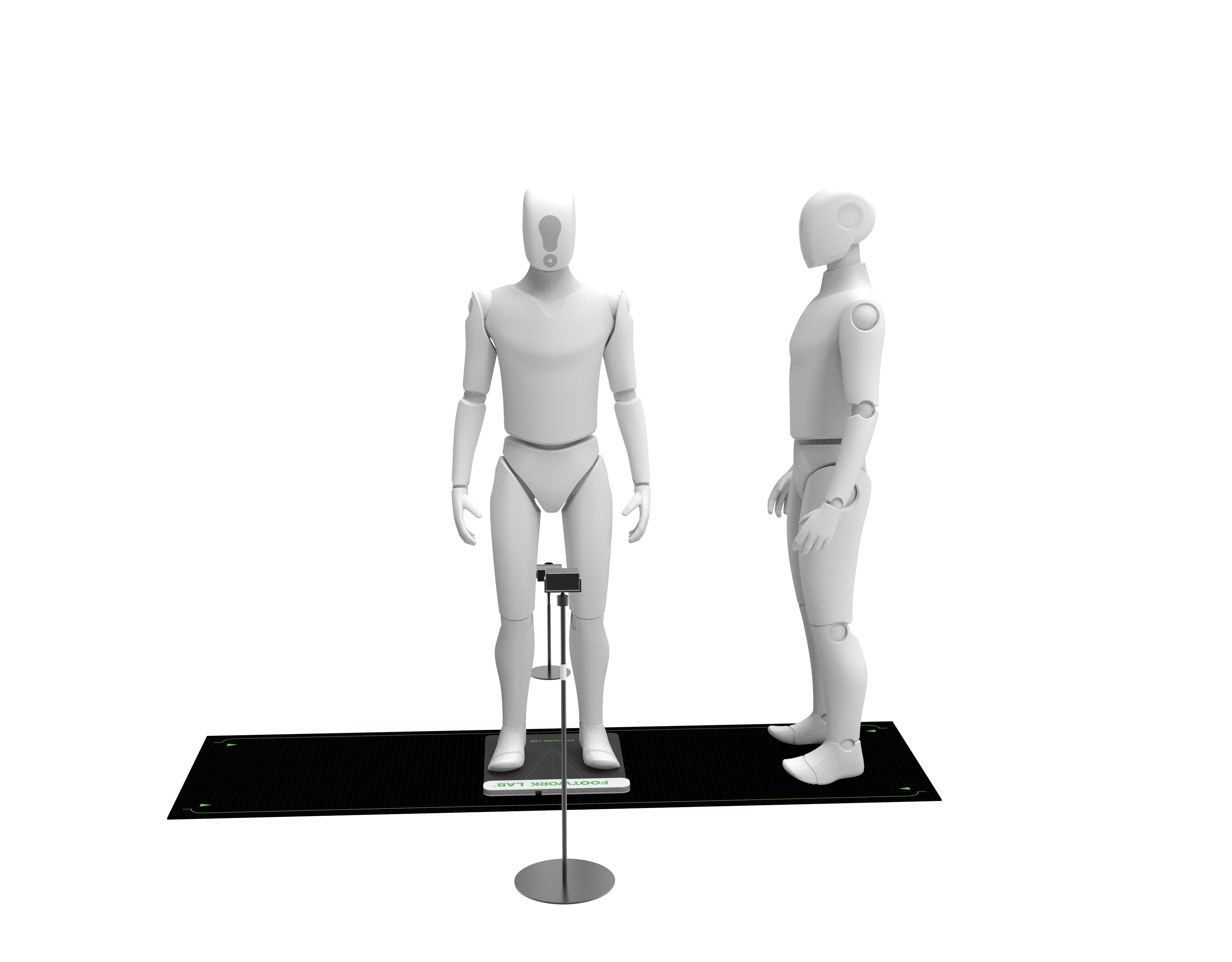Una scansione della camminata è una valutazione tecnologica che cattura e analizza la biomeccanica del camminare o correre umano, fornendo dati dettagliati sui pattern di movimento, la distribuzione della pressione e la funzione articolare. Questo processo utilizza una combinazione di hardware, come piastre di pressione, telecamere per il motion capture, sensori di forza e talvolta dispositivi indossabili, e software che trasforma i dati raccolti in informazioni visive e numeriche. Le scansioni della camminata vengono utilizzate in vari settori, tra cui sanità, scienze sportive e progettazione di calzature, per valutare pattern di movimento normali e anomali. Il nucleo di una scansione della camminata risiede nella sua capacità di suddividere il ciclo della camminata in fasi distinte: contatto del tallone, risposta al carico, appoggio medio, spinta finale, pre-swing, inizio dello swing, swing medio e swing terminale. Durante ciascuna fase, la scansione registra parametri come il momento del contatto del piede con il suolo, la distribuzione della pressione sulla superficie plantare, gli angoli delle articolazioni di caviglia, ginocchio e anca, e le forze esercitate sul terreno. Questi punti dati vengono poi sintetizzati per creare un quadro completo del modo in cui il corpo si muove durante la locomozione. Nel settore sanitario, le scansioni della camminata aiutano a diagnosticare condizioni che influenzano la mobilità, come artrite, paralisi post-ictus o malformazioni congenite. Ad esempio, una scansione della camminata potrebbe rivelare che un paziente affetto da morbo di Parkinson ha una camminata strascicata con ridotta lunghezza del passo, guidando lo sviluppo di piani terapeutici che prevedano modifiche alla terapia farmacologica o fisioterapia. Nello sport, le scansioni della camminata aiutano gli atleti a ottimizzare la loro tecnica per migliorare le prestazioni e ridurre il rischio di infortuni. Un corridore il cui appoggio sul tallone genera forze d'impatto eccessive, ad esempio, può utilizzare i dati della scansione per passare a un appoggio sul mesopiede, potenzialmente riducendo il rischio di fratture da stress. Le scansioni della camminata giocano anche un ruolo fondamentale nella progettazione di solette ortopediche e calzature. Identificando aree di alta pressione o una distribuzione irregolare del carico, i produttori possono creare prodotti che offrano un supporto mirato, migliorando il comfort e riducendo la probabilità di dolore ai piedi. Inoltre, le scansioni della camminata vengono utilizzate nella ricerca per studiare gli effetti dell'invecchiamento, delle malattie o degli interventi sui pattern di movimento, contribuendo agli avanzamenti nel campo della biomeccanica e delle scienze riabilitative. Con il progredire della tecnologia, le scansioni della camminata stanno diventando sempre più accessibili, grazie a sistemi portatili che permettono valutazioni in contesti diversificati, dagli ambulatori alle strutture sportive, rendendo questo strumento sempre più essenziale per comprendere e ottimizzare il movimento umano.
